Rising Environmental Awareness
There is a growing awareness regarding environmental sustainability, which is significantly influencing the Alkaline Solid Waste Market. Consumers and businesses alike are increasingly prioritizing eco-friendly practices, leading to a demand for sustainable waste management solutions. This heightened environmental consciousness is prompting regulatory bodies to enforce stricter waste management policies, thereby creating a favorable environment for the Alkaline Solid Waste Market. The emphasis on reducing landfill usage and promoting recycling initiatives is likely to drive investments in technologies that can effectively manage alkaline solid waste, aligning with broader sustainability goals.
Government Initiatives and Funding
Government initiatives aimed at improving waste management practices are contributing to the growth of the Alkaline Solid Waste Market. Various governments are implementing policies that promote the development of waste treatment facilities and provide funding for research and innovation in waste management technologies. For instance, several countries have established grants and subsidies to support projects focused on the treatment of alkaline solid waste. These initiatives not only enhance the infrastructure for waste management but also stimulate market growth by encouraging private sector participation in the Alkaline Solid Waste Market.
Emerging Markets and Economic Development
Emerging markets are witnessing rapid economic development, which is leading to increased waste generation and a corresponding demand for effective waste management solutions. The Alkaline Solid Waste Market is poised to benefit from this trend, as developing nations seek to modernize their waste management systems. With urbanization and industrialization on the rise, these markets are likely to experience a surge in alkaline solid waste production. Consequently, there is a growing need for innovative waste treatment solutions that can address the unique challenges faced by these regions, thereby driving growth in the Alkaline Solid Waste Market.
Advancements in Waste Treatment Technologies
Technological innovations are playing a pivotal role in shaping the Alkaline Solid Waste Market. Recent advancements in waste treatment technologies, such as alkaline hydrolysis and advanced thermal treatment, are enhancing the efficiency of waste processing. These technologies not only improve the recovery of valuable materials but also reduce the environmental impact associated with waste disposal. The market for waste treatment technologies is projected to grow at a compound annual growth rate of approximately 8% through 2027. As these technologies become more accessible, they are likely to facilitate the growth of the Alkaline Solid Waste Market, enabling more effective management of alkaline solid waste.
Increasing Urbanization and Waste Generation
The Alkaline Solid Waste Market is experiencing a notable surge due to increasing urbanization. As populations migrate to urban areas, the volume of waste generated escalates significantly. Urban centers are projected to account for a substantial portion of the world's waste, with estimates suggesting that urban areas will generate over 70% of total waste by 2025. This trend necessitates efficient waste management solutions, including the treatment of alkaline solid waste. The growing demand for sustainable waste management practices is likely to drive innovations in the Alkaline Solid Waste Market, as municipalities seek to implement effective strategies to handle the rising waste volumes.


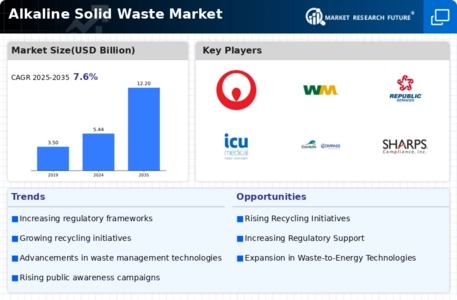
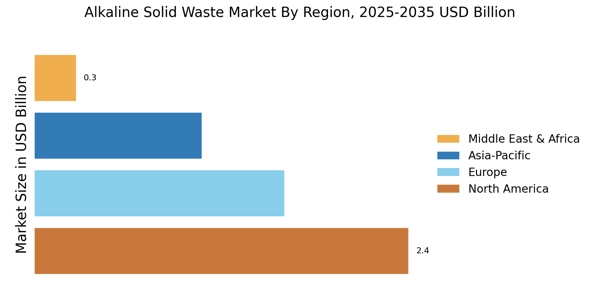
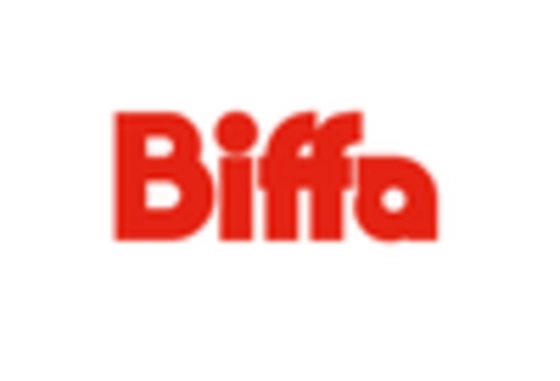
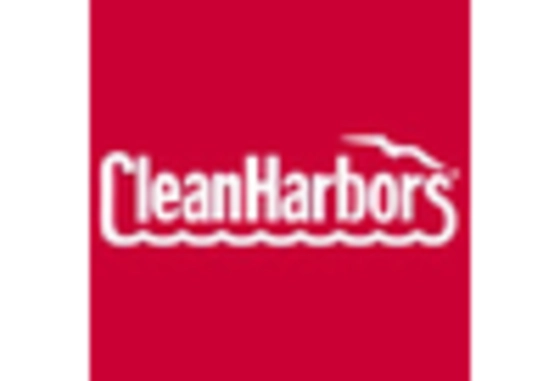
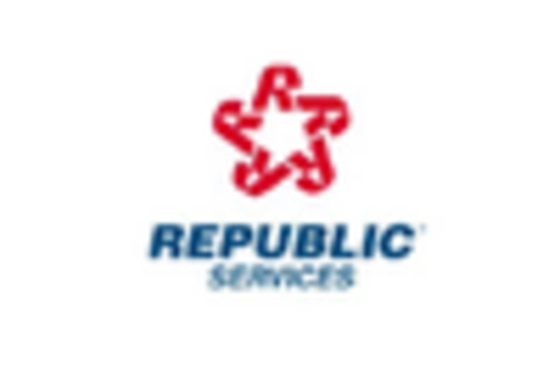
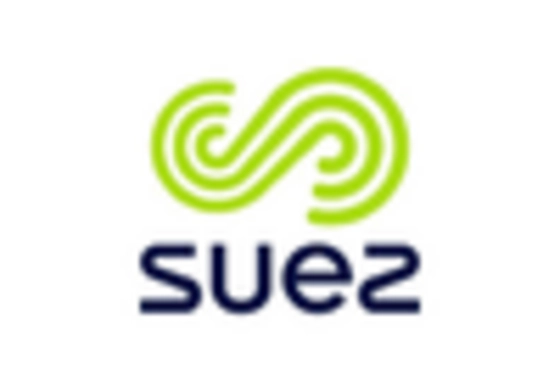
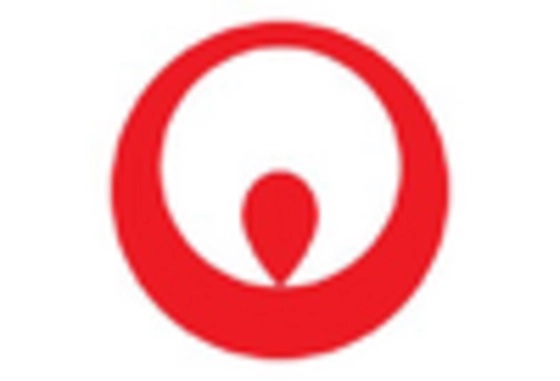
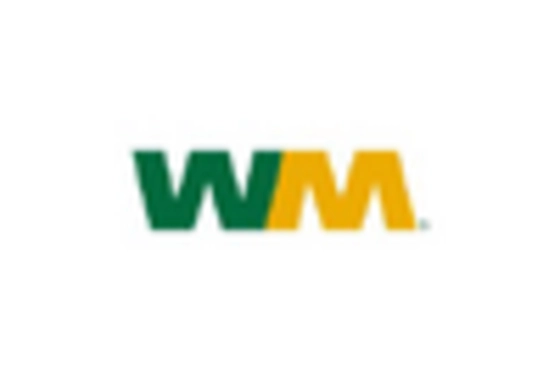








Leave a Comment